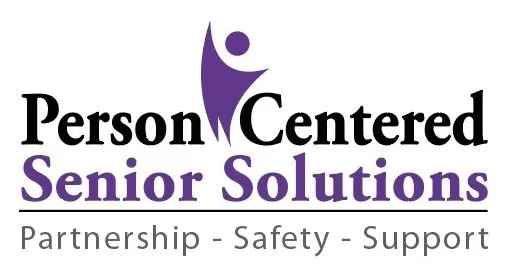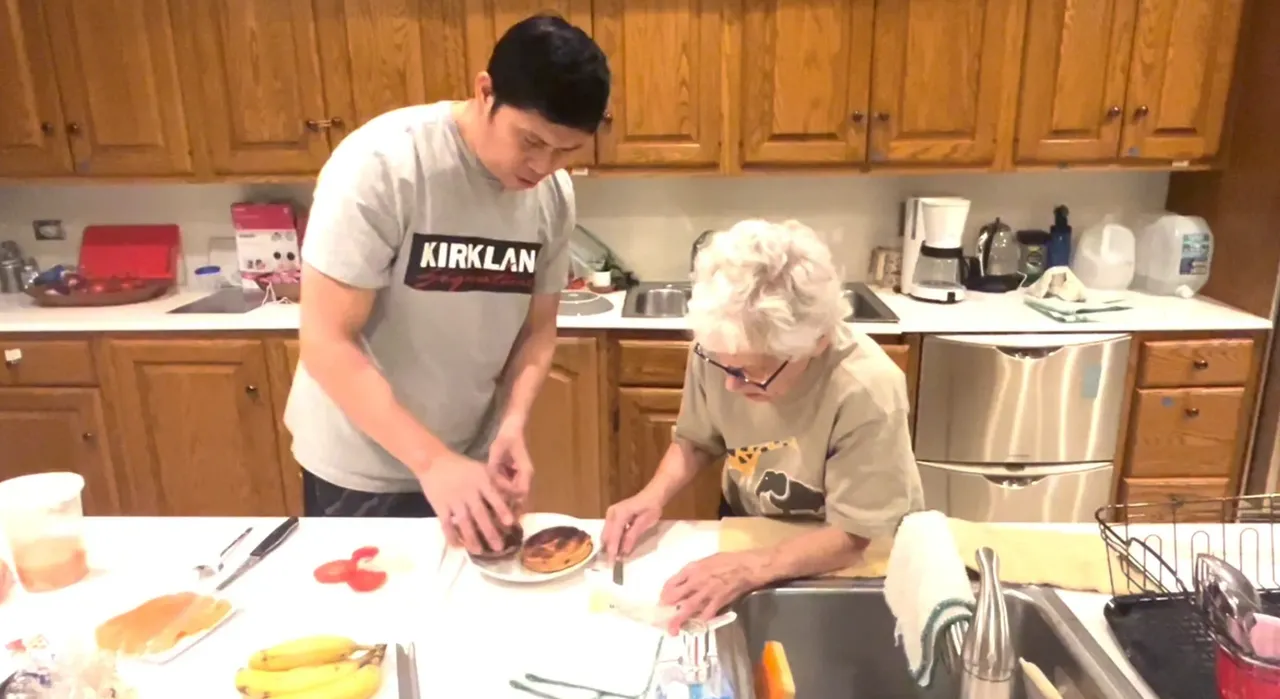As anticipated, once my brother returned to California, the challenges began. My mom struggled to comprehend why Ace was still present. Like many individuals with dementia, my mom has limited awareness of her needs and resists being told what to do or when to do it. This challenge is intensified by her return to her home, where she has always been in charge.
As my mom continues to voice her frustration, I am teaching Ace how to help her feel more independent by engaging in meaningful activities that give her purpose. Having been a homemaker her entire life, caring for the home and family means everything to her. Although she will never be able to live on her own again, she can still have a sense of purpose and accomplishment by participating in the activities that she can still do.
Ace is transitioning from being a “caregiver” to becoming her “care partner.” The shift in this terminology is gaining recognition in the healthcare industry as a positive change in mindset—one that I strive to incorporate into my own practice. According to Stanford University, “A caregiver is someone who provides care for someone unable to care for themselves.” The term implies a one-way relationship, with one giving and the other receiving, suggesting a passive role for the care recipient. However, caring is often a two-way street, and this balance is more accurately captured by the term ‘care partner.’ A partnership entails mutual cooperation and joint responsibilities, offering opportunities for both parties to give and receive in a caregiving relationship.”
Reference: https://hopes.stanford.edu/

